Under a sweltering monsoon sky in rural Bangladesh, a bright blue wooden boat glides through murky floodwaters where a village road once stood. This isn't a typical fishing vessel or transport boat - its cargo is far more precious. Laughter spills from its bamboo canopy as thirty children in crisp blue-and-white uniforms recite multiplication tables in unison. Welcome to the floating classrooms of Shidhulai Swanirvar Sangstha, where education refuses to sink.
The nonprofit organization has operated these remarkable "boat schools" since 2002 in the flood-prone northwest region of Bangladesh. During my weeklong visit to Pabna district, I witnessed how these aquatic institutions have transformed educational access for riverside communities. Each morning as monsoon rains pounded the tin roof of my guesthouse, I watched parents wade through waist-deep water to deliver children to designated pickup points. The boats arrive punctually at 8:15 AM, their captains expertly navigating submerged landmarks invisible to outsiders.
Climate change has made Bangladesh's annual floods more extreme and unpredictable, with last year's deluge lasting nearly five months in some areas. Traditional schools stand shuttered for half the year, their concrete floors submerged under several feet of water. "My grandfather attended school maybe sixty days each year," explained tenth-grader Ayesha while deftly balancing her notebook against the boat's gentle rocking. "We now have classes 220 days, flood or no flood."
The boats themselves are engineering marvels adapted to local conditions. Solar panels power LED lights and a small computer lab, allowing evening classes for adults. The design has evolved through twelve iterations - recent models include wheelchair ramps and expanded storage for emergency supplies. During particularly severe flooding, the vessels double as community shelters and mobile medical clinics.
What struck me most was how thoroughly the program considers cultural context. Classes incorporate traditional Bengali folk tales into reading lessons, and agricultural science modules teach flood-resistant farming techniques relevant to students' families. When I asked about curriculum challenges, teacher Mohammad Hasan grinned while demonstrating his solution: "See these ropes along the walls? We tie books and supplies here during rough currents. The children think it's a game to catch their notebooks."
The impact transcends basic literacy. Villagers now receive weather alerts and farming advice through the boat schools' wireless network. Girls' enrollment has increased 300% since the program began, with female students comprising 70% of recent graduates continuing to secondary education. At a nighttime adult class, I met forty-two-year-old Rashida weaving her first email on a donated laptop while her daughter did homework nearby. "Now we learn together," she told me, her face illuminated by the screen's glow.
Challenges persist, of course. Funding fluctuations affect maintenance schedules, and some ultra-conservative communities initially resisted coeducational boats. Yet the model has proven so effective that versions have been replicated in flood-prone regions of Vietnam, Nigeria, and the Philippines. As climate expert Dr. Reza Khan noted during our interview: "This isn't just about education access - it's about reimagining entire communities as fluid rather than fixed entities."
On my final morning, I joined a geography lesson where students mapped their ever-changing landscape. Using GPS units and local knowledge, they updated a hand-drawn chart showing which roads had become rivers, which fields would likely flood next. Their teacher explained this practical skill helps families plan crop rotations and evacuation routes. It struck me that these children weren't just learning about the world - they were learning to reshape their place within it.
As my departure boat pulled away, I watched a classroom vessel anchor mid-current, its students singing a folk song about monsoons. The melody carried across the water, a defiantly joyful sound in a landscape that could easily inspire despair. In these fluid classrooms, Bangladesh isn't just adapting to climate change - it's educating a generation to meet it head-on.
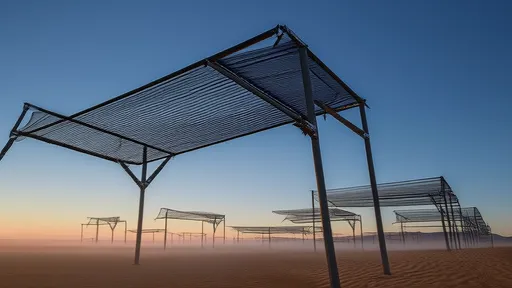
By /Jul 16, 2025
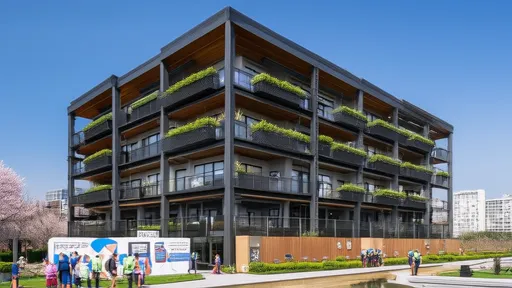
By /Jul 16, 2025

By /Jul 16, 2025

By /Jul 16, 2025

By /Jul 16, 2025
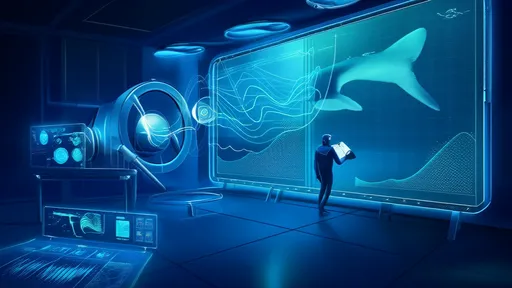
By /Jul 16, 2025

By /Jul 16, 2025

By /Jul 16, 2025
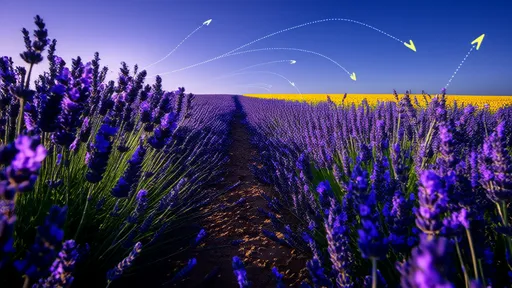
By /Jul 16, 2025
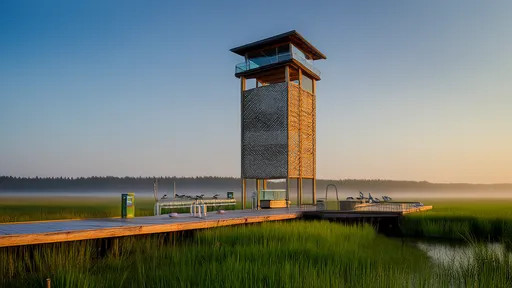
By /Jul 16, 2025

By /Jul 16, 2025

By /Jul 16, 2025

By /Jul 16, 2025

By /Jul 16, 2025
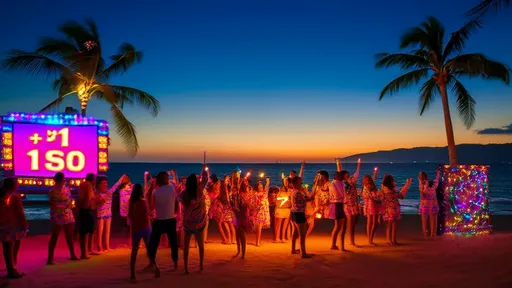
By /Jul 16, 2025
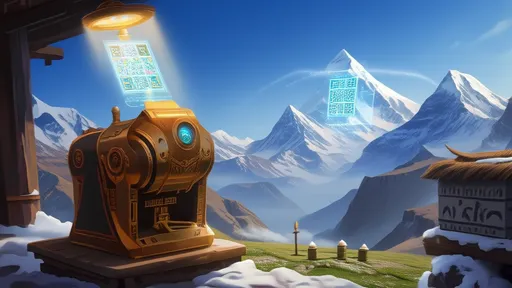
By /Jul 16, 2025

By /Jul 16, 2025
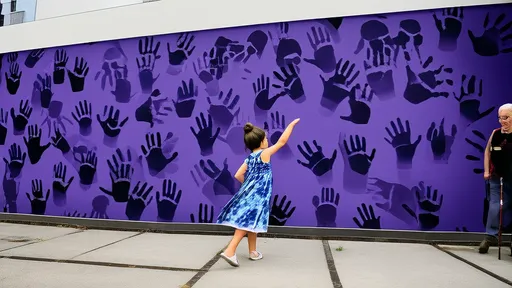
By /Jul 16, 2025